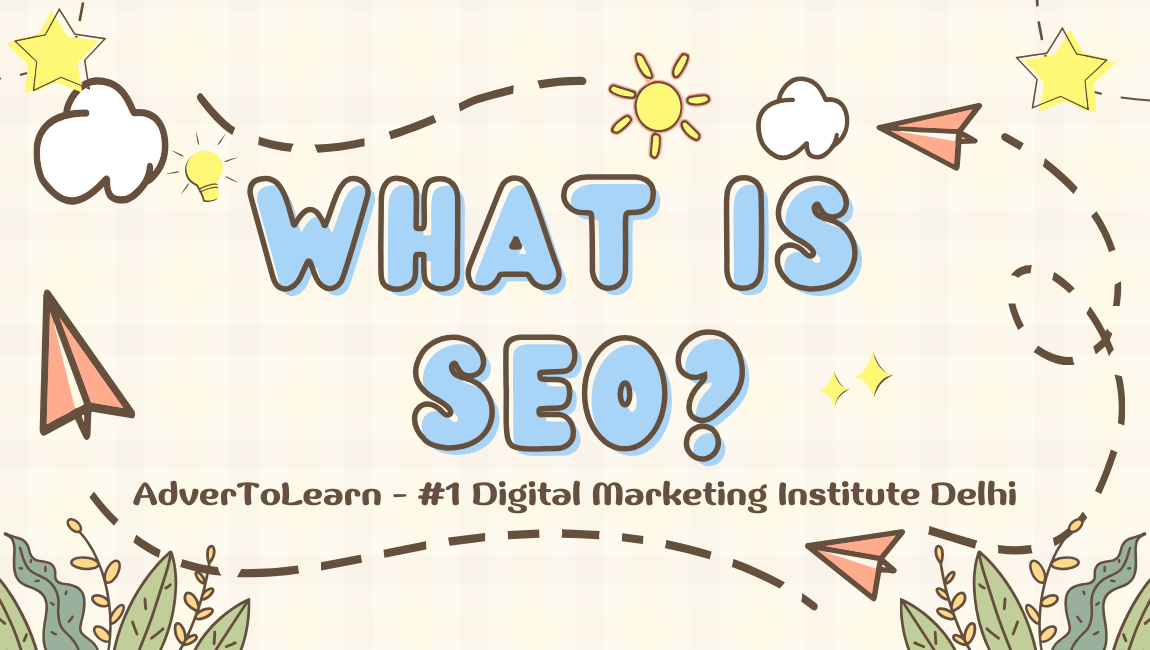
SEO stands for Search Engine Optimisation. It is a key marketing strategy that falls under the broader domain of digital marketing. SEO helps websites achieve higher visibility in Google search results. The main objective of any SEO campaign is to rank the targeted website’s landing pages on the first page of search engines (regardless of the organic position among the 10 results displayed on the first page) across major search engines like Google, Yahoo, Bing, MSN, and others.
However, if you are working for a client or aiming to improve a website’s organic rankings, then securing a position within the top 3 or top 5 results is considered ideal, as it helps generate maximum organic traffic to the website.
There are two primary methods of performing Search Engine Optimisation (SEO) on websites, and both are equally important in improving a site’s organic search visibility. These two methods are as follows:
- On-Page SEO: This practice refers to the optimization of all individual landing pages with proper page titles, meta descriptions, meta keywords, OG tags, DC tags, twitter cards, JSON-LD Schema, SEO content optimization, optimization of internal/contextual linking, image optimization, html code compression, css code compression, js code compressions, and more.
- Off-Page SEO: This refers to the process of building quality backlinks that transfer Link Juice or Domain Authority to the hyperlinked landing page. It involves creating both do-follow and no-follow backlinks through various activities such as article submissions, business listings, local business citations, social bookmarking, classified ad submissions, SEO podcast submissions, blog commenting, PDF submissions, PPT submissions, question-and-answer submissions, and more.
What Are the Level of SEO?
SEO can be further classified in to 3 levels based upon the business type and it’s targeted audience demographics.
- Local Level SEO: This refers to the optimisation of a website for a locally targeted audience or customers. This SEO strategy is most suitable for businesses providing professional services within specific local areas. Examples include pet shops, salons, healthcare clinics, HVAC services, home improvement companies, restaurants, and more.
- National Level SEO: This refers to the optimisation of a website for a broader audience within the boundaries of a single country. A national-level SEO campaign is ideal for businesses offering services or products on a country-wide scale. Examples include e-commerce stores, tools and software companies, astrologers providing online consultations, EdTech businesses, lawyers, and more.
- International Level SEO: This involves optimising a business website without any geographical limitations, targeting customers across multiple countries. Such businesses operate both nationally and internationally. Examples include IT outsourcing companies, freelancers, international language experts, import–export businesses, consultants, handicraft exporters, and more.


0 Comments